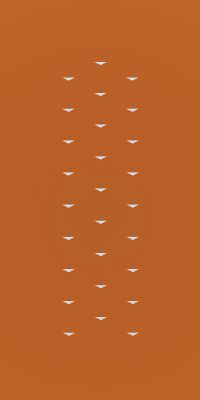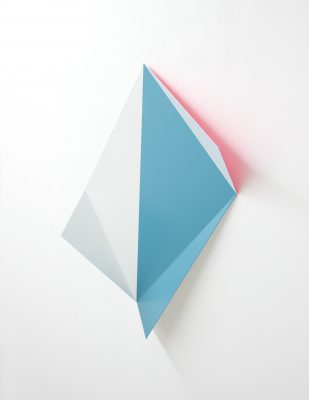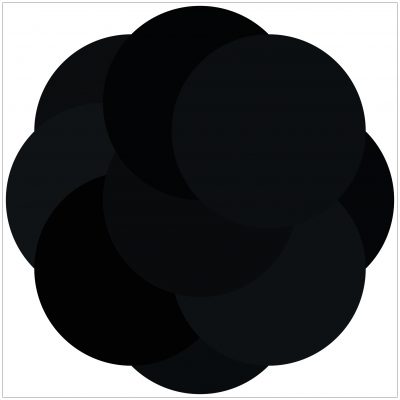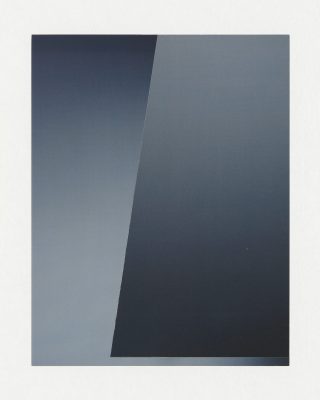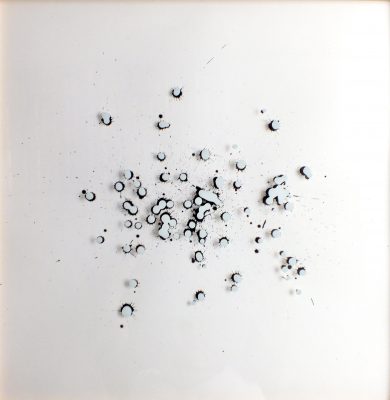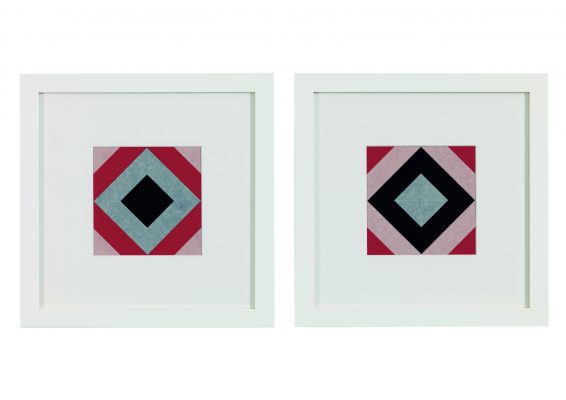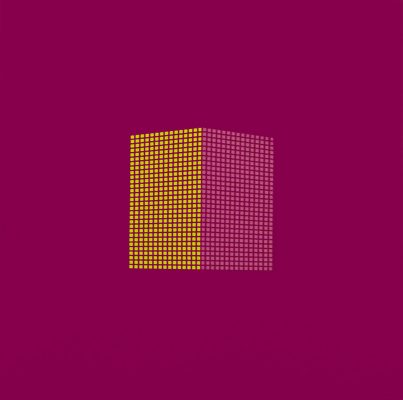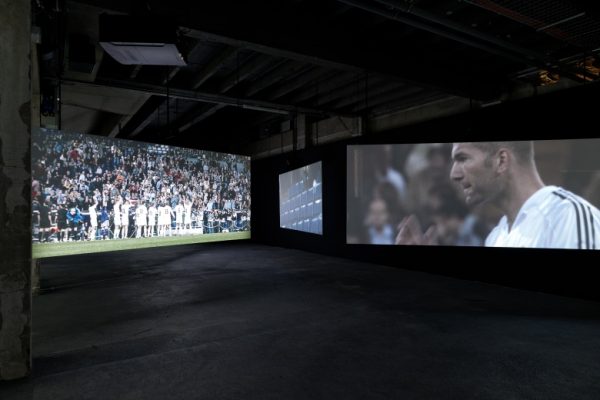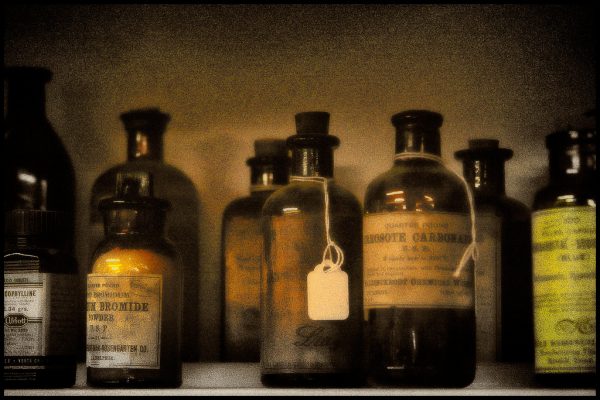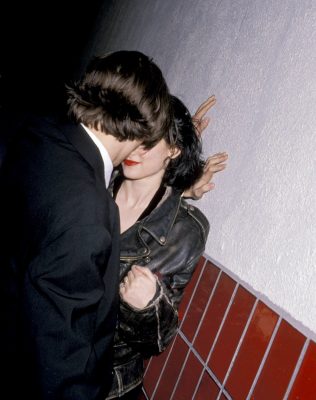In the light-filled rooms of The Piper Gallery is a painting show that features no paint. Brought together by artist Tess Jaray under the title The Edge of Painting, the twelve works are by names that are rarely associated with painting such as Rana Begum, Cornelia Parker, Tom Lomax and Cathy de Monchaux. With work chosen for its painterly qualities but rendered in materials including 3-D print, rattlesnake venom and 16mm film, the exhibition offers, as Jaray states in her curator’s foreword, ‘no answers, but it does pose many questions.’
Posing my own questions to Tess Jaray in her north London home, I realise how much the exhibition reveals about her own work. The piece of her own that she includes in the show, ‘Migration, Wide, Orange’ (2013), is listed with deliberate ambiguity as ‘work on panel’. Like the exhibition itself, it is a strong, colourful statement that combines the visual punch and cool intellectualism that characterises Jaray’s work. As visual artist, writer and tutor (she was the first woman to teach at the Slade), Jaray has kept faith with a formal language of light and geometry that is both constant and infinitely renewable. In her work, precise groups of shapes are arranged on absolutely flat grounds to investigate the elemental effects that pattern, repetition and colour have on our perceptions. From the mid-1990s Jaray started increasingly to write about other artists’ work, and in 2001 she collaborated with the German writer W. G. Sebald, pairing visual responses to fragments from The Rings of Saturn and Vertigo. In 2010 she published her collected writings under the title Painting: Mysteries and Confessions. On my way to meet Jaray I turn the wrong way out of Caledonian Road station and arrive late; something that she later tells me is because I failed to frame my journey properly. She is gracious in spite of my trouble with framing, and I am warmly invited into her home, which, rather like her show, exhibits a pleasing selection of disparate materials and colours. White walls and pale contemporary floors play host to worn dark carpets and old English oak, and I spot only a handful of her own works – four recent paintings, four concentrated bursts of colour – placed with perfect modesty and deliberation in one corner of the sitting room. After looking round her studio we sit at her kitchen table, over cigarettes and strong coffee, to talk.
